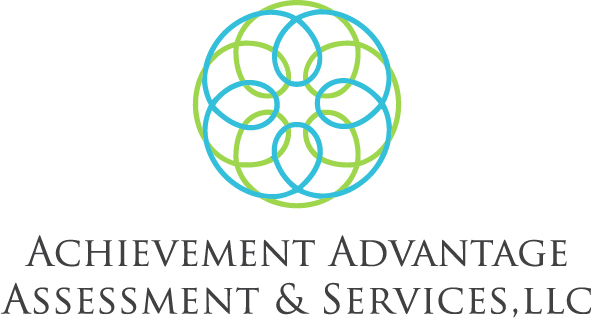The goal of an IEP is to explicitly lay out the services and supports that your child will receive in order to meet your child’s educational needs as outlined in the Evaluation Team Report (ETR). The ETR and IEP are inextricably linked due to the fact that only data-supported needs directly stated within your child’s ETR will be addressed as goals in your child’s IEP. That is why we cannot stress enough the importance of a quality evaluation which should lead to a high-quality IEP. It is essential that each need is addressed with a specific goal to improve the child’s skills in the areas of deficit.
As stated in our previous blog, there are many sections that comprise an IEP.
Depending on the nature of your child’s disability, specific sections may hold a higher level of importance than it would for another child or family. No matter what the child’s needs are the most important portion of the IEP is Section 6, which comprises the goals and objectives for the child’s educational, behavioral, and functional goals for that calendar year. These goals are the core of a child’s IEP, and the specially designed instructional services and supports that your child receives in special education are all designed around accomplishing those individualized goals. After ensuring that all each area of identified deficit is matched by a goal, the next step is to evaluate the effectiveness of each individual goal.
Each goal within a child’s IEP must meet the standard that is set out in the acronym SMART:
Specific
Measurable
Achievable/Attainable
Realistic and Relevant
Time-limited
The first portion of a SMART IEP goal is that the goal is specific. The requirement of specificity applies to the present levels of performance, the goals, and the objectives. The goal must be specific to your child and their needs as well as specific to the academic, behavioral or functional area that will be addressed. A specific IEP goal clearly describes the knowledge or skill that your child will learn and how the team will measure your child’s progress and mastery of that goal.
The second portion of a SMART IEP goal is that the goal is measurable. This applies to both the overarching goal and the underlying objectives required to meet the overall goal. The most important part of a goal being measurable is that you can count or observe the goal. That means that the goal is something that both parents and teachers are able to objectively measure whether or not the child is making progress toward that goal. Most academic goals are easily measurable; however, this is particularly important when assessing the quality of a social-emotional/behavioral or functional goals. The goal should also describe what data collection methods will be utilized to assess your child’s progress toward that goal and how frequently that progress will be reported to you.
The third part of ensuring that your child’s IEP contains SMART goals is that it must be achievable or attainable for your child. This portion of the goal directly relates to the present level of performance for your child. This can be done by comparing how they are currently achieving in that area and determine whether or not that specific goal is achievable for your child within one calendar year. The goal must maintain a balance between being not rigorous enough, too rigorous, and being achievable/attainable.
To ensure that your child’s IEP contains SMART goals, the goal must also be realistic and relevant. The IEP goals and objectives must be crafted to meet the unique needs that result from your child’s disability as identified in the child’s ETR. The means that the goals must be specifically designed to meet the needs that your child’s disability has demonstrated. It is essential that the goals are relevant to the precise needs that have been determined by the team.
The last portion of a SMART IEP goal is that the goal is time-limited. This means that the goal is designed to address what your child needs to learn or do in one year of special education services. A time-limited goal enables the child’s progress to be monitored at regular intervals. Typically, this is done through creating short-term objectives that the child will meet in order to obtain the overall goal.
The next blog installment will discuss the importance of the specially designed instruction section of an IEP.

